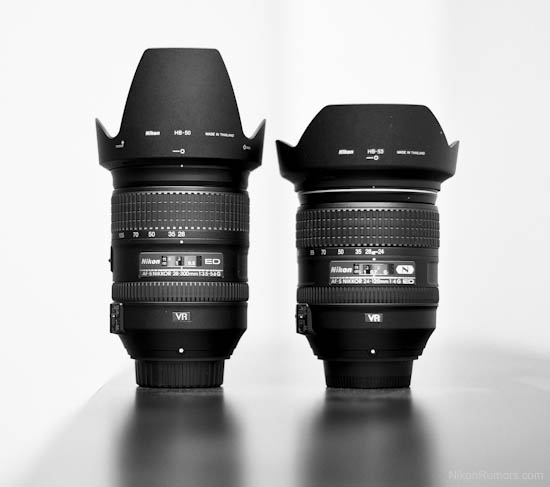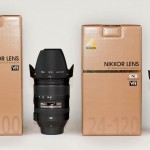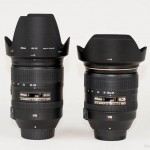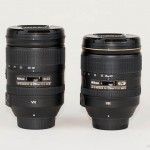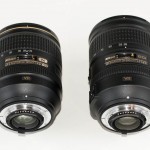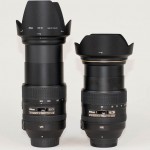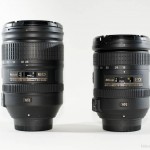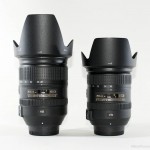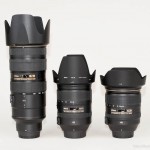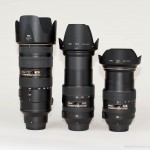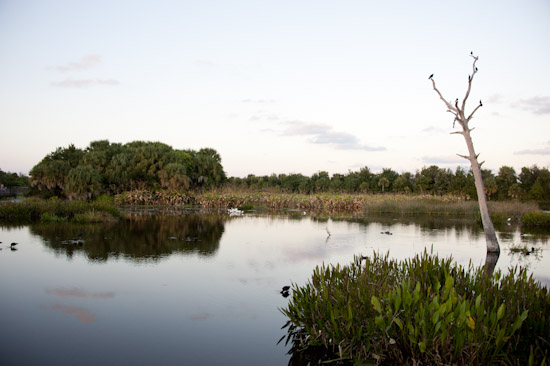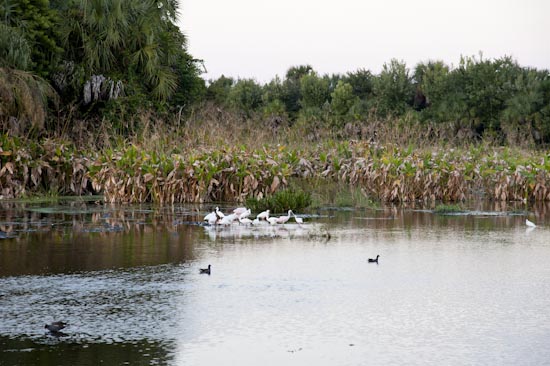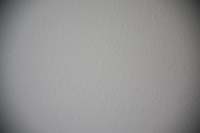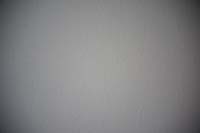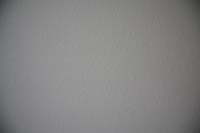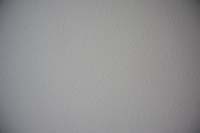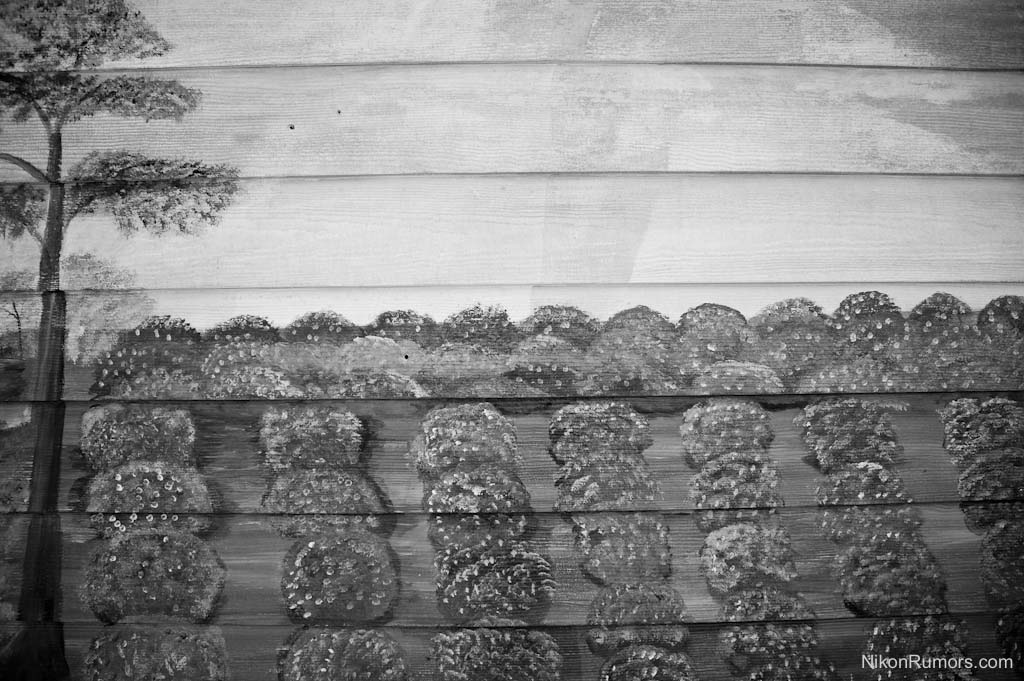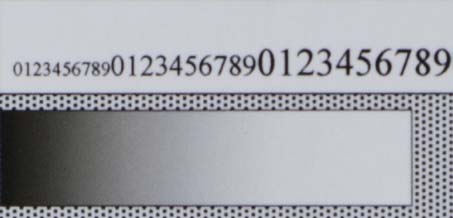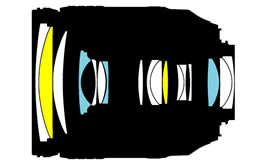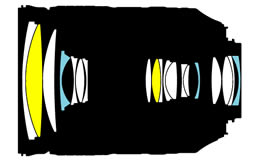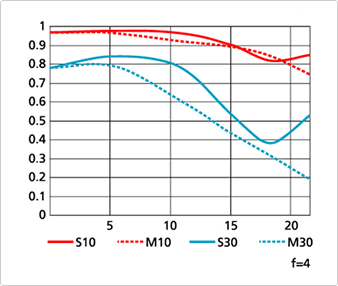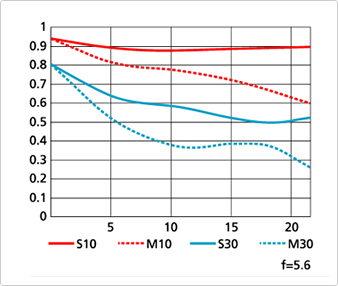This is my hands-on comparison between the Nikkor 24-120mm f/4G ED VR and Nikkor 28-300mm f/3.5-5.6 ED VR lenses. I hope you will find it useful when deciding which one to buy.
General
The Nikon 24-120mm f/4G ED VR and Nikon 28-300 mm f/3.5-5.6 ED VR lenses are considered to be “general walk around lenses”. Standard accessories for both products are lens hood and soft lens case. On both lenses the zoom ring is located closer to the hood. The 24-120mm lens has Nano coating, the 28-300mm doesn’t. The zoom ring on the 24-120mm lens is much smoother than the zoom ring on the 28-300mm lens. Only the 28-300 has a zoom lock button. Both lenses have 77mm filter thread, the same size as many other popular Nikon lenses. My biggest complaint on the 28-300 lens is the hood – it “unlocks” itself very easily, especially when changing lenses. Also, when snapped, the hood is not locked tightly and was even vibrating in my car while driving. It could be that I had a defective piece – if you own the 28-300mm lens, I would like to hear your feedback. The hood of the 24-120 is very solid as you can see from this video:
Size
The Nikon 24-120mm f/4G ED VR and 28-300mm f/3.5-5.6 ED VR are almost identical in size without the hood. Once you add the hood and fully expand the lens, the 28-300mm lens is significantly longer. In the next slideshow, both lenses are compared also with the 18-200 DX and the 70-200 VRII:
Zoom
A quick comparison between the 24, 28, 120 and 300mm on a full frame camera. On the wide angle side the difference is only 4mm, while on the tele side, the difference is 180mm (I did not add the vignetting). All images were taken with a Nikon D700:
Vignetting
You can see from the comparison below that that there is not a big difference in the wide angle vignetting of both lenses (compared are the widest angles on both lenses: 24mm and 28mm):
| Nikon 24-120mm lens | Nikon 28-300mm lens |
Barrel Distortion
The wide angle lens barrel distortion of both lenses is also almost identical (24mm vs. 28mm comparison):
Bokeh
A quick comparison between the boken of both lenses at 70mm and the max. focal length for each lens. All four images were taken at the maximum available aperture (images are not post-processed). The bokeh of both lenses is almost identical.
| Nikon 24-120mm lens | Nikon 28-300mm lens |
And if you want further comparison, here is the same shot taken with the Nikon AF-S 85mm f/1.4:
Close ups
The minimum focal length of the Nikon 24-120mm f/4G ED VR is 1.5ft (0.45m) vs. 1.6ft (0.50m) for the Nikon 28-300mm f/3.5-5.6 ED VR. Note that there is also 4mm difference on the wide angle side – you can capture a slightly wider frame with the 24-1200mm lens (both photos taken at the widest focal length and maximum aperture, no post-processing, click on image for larger view):
Sharpness (compared at 28mm, 50mm and 120mm)
The next series of test chart comparisons are 100% cropped from the original image. For each of the sets, the camera was positioned at the same distance from the test chart. Please note that I tried to keep the environment consistent, but there is still a margin of error when comparing test charts from two different lenses.
28mm
First, the 28-300 lens at f/3.5 (since the 24-120 starts from f/4 at that focal length):
28-300 lens at f/4 and the 24-120lens at f/4:
28-300 lens at f/5.6 and the 24-120 lens at f/5.6:
Based on those test chart images, I would say that at 28mm both lenses perform almost identical (the 24-120 is slightly sharper).
50mm
First the 24-120 lens at f/4 (since the 28-300 could only opens up to f/4.5 at that focal length):
28-300 lens at f/4.5 and the 24-120 lens at f/4.5:
At 50mm focal length and f/4.5 aperture I think the 24-120 performs slightly better than the 28-300mm lens. At aperture f/5.6 I could not see any differences between both lenses.
120mm
First the 24-120 lens at f/4 (the 28-300 could only open up to f/5.6 at that focal length):
28-300 lens at f/5.6 and the 24-120 lens at f/5.6:
At 120mm f/5.6 I could not see a difference in the test charts of both lenses. Just a note: the 28-300 test shots were actually done at 122mm, I couldn’t fine tune the zoom to be exactly 120mm.
Here is a 100% crop of the same test chart taken with the Nikon 85mm f/1.5 lens at f/5.6 aperture:
100% crop
In this comparison, you can also see the power of the 300mm lens and all the details you can get at 100% crop (both pictures were taken at the same distance from the tree, no post-processing):
| Nikon 24-120mm lens | Nikon 28-300mm lens |
Specifications
| Nikon 24-120mm f/4G ED VR | Nikon 28-300mm f/3.5-5.6 ED VR | |
| Zoom ratio | 5x | 10.7x |
| Minimum Aperture | 22 | 22 (up to f/36 @300mm) |
| Lens elements/groups | 17/13 | 19/14 |
| Diaphragm Blades | 9 | 9 |
| ED glass elements | 2 | 2 |
| Nano coating | yes | no |
| Minimum focus distance | 1.5ft | 0.45m | 1.6ft | 0.50m |
| Maximum reproduction ratio | 0.24x | 0.32x |
| Filter size | 77mm | 77mm |
| Dimensions | 3.3×4.1in | 84x103mm | 3.26×4.5in | 83×114.5mm |
| Weight | 23.6oz | 670g | 28.2oz | 800g |
| Price | $1,299.95 (in stock now) | $1,029.95 (in stock now) |
Lens construction
MTF charts
The 24-120mm lens has obviously better MTF chart when compared to the 28-300mm lens (how to read MTF charts).
Nikon 24-120mm f/4G ED VR wide/tele:
Nikon 28-300mm f/3.5-5.6 ED VR wide/tele:
Conclusion
If I have to pick one of those two lenses, I would definitely go for the Nikon 28-300mm f/3.5-5.6 ED VR. The Nikon 24-120mm f/4G ED VR will probably deliver slightly better results, but as you saw from all the comparisons, the difference in real life pictures is not significant. The longer zoom of the 28-300 lens is much more useful for a “general walk around lens” and the 4mm difference on the wide angle side is almost not noticeable in the pictures. Did I mention that the 28-300mm lens is also cheaper by almost $300?. The 240-120mm focal range overlaps with several other popular lenses in the Nikon’s catalog (16-35mm, 24-70mm, 70-200mm) and if you own some of them already, the 28-300mm will make more sense. I can also imagine that those two lenses could be interesting even for the DX crowd, especially the 28-300mm lens because of the 1.5x crop factor. The main issue I have with the 28-300mm lens is the hood, as shown in the video above.
Other related links
- 24-120mm and 28-300mm lenses on Nikon USA
- 24-120mm and 28-300mm lenses on Nikon Imaging (brochure and sample images available)
